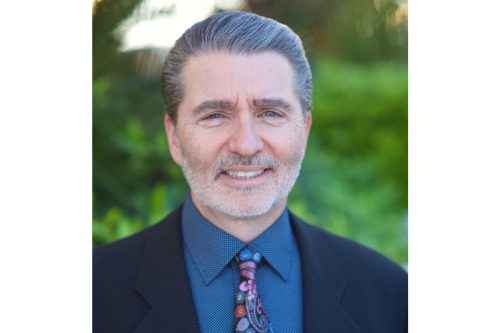
Greg Sidwell recently shared his enthusiasm for NAMA’s Public Health Commitment with Vending Times and provided his insight into its importance for consumers, operators and suppliers alike. Sidwell has the added advantage of having a front-row seat to changing consumer preferences and demands over his decades at the helm of one of the nation’s leading product brokerages, and from the industry relationships he’s forged.
VT: From your perspective, tell us a little more about NAMA’s Public Health Commitment. Why is this important for the industry?
SIDWELL: What NAMA is trying to accomplish is important for the entire industry and meeting consumers’ needs today and tomorrow. Consumers demand healthier choices, whether that means organic, non-GMO, higher protein, less saturated fat, no sugar. I’m 61, and I eat healthier today than I ever did in my life, which is my choice and preference, and I hear from so many operators that they’re focused on healthier eating right along with their customers. The younger workforce is better educated about food and what they’re consuming than any generation has been before.Through the Public Health Commitment, NAMA is working to ensure that 33% of products available in vending machines are healthy. To take on something like that seems big, but just by responding to consumer demand, sales data show us that the industry is already at 24% of products in machines on average meeting better-for-you standards, which is nearly one-fourth of products.By making this commitment and working with public health organizations, we showed we already meet the guidelines with a quarter of the products and we’ll get to one-third and they will help us find a way to get there and not by forcing us to. That’s key – that it’s a partnership to figure out products that meet the standards with the taste and quality consumers demand.It’s very achievable to go from one quarter to one third. I also believe that consumer preference will take us past one third and the trend will continue to increase. It’s good for society and for the industry. Yes, it’s a big task to achieve but one I’m very excited about.
VT: Why is this the right time for the industry to embark on a landmark commitment?
SIDWELL: NAMA’s Public Health Commitment was born through the efforts of NAMA and the NAMA board. One thing the board tries to do is to look to both future opportunities and threats for the industry. Sometimes, you get lucky and they line up where a threat and an opportunity can play off one another and lead to positive action.Vending has long been a target under fire for offering high-fat, high-calorie and high-sugar products, but vending has only been meeting consumer preferences. And as those preferences have changed, we have changed to align with their demands. But perception is reality in the eyes of the government. NAMA and its board have been paying attention for quite some time to the resources the government is putting toward making our society healthier, and for great reasons, but regulation by government around the movement could be a threat to our industry. There is a big desire from consumers and government for people to eat healthier and we as an industry have long been providing healthier solutions and educating consumers through FitPick but we also saw new challenges as efforts to regulate healthy vending have ramped up and knew it was the right thing on many levels to get ahead of what’s coming. The Public Health Commitment takes what could be a huge threat if we do nothing, but we are doing something big, which turns it into an opportunity. By making the commitment to go from one quarter to one third better-for-you choices — when we put a number to something, now we’ve made a true, measurable commitment.
To read the rest of the interview, please click here.
